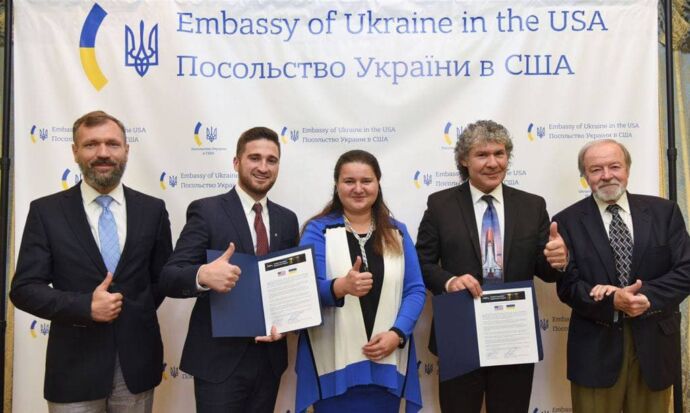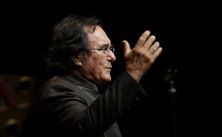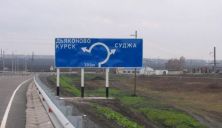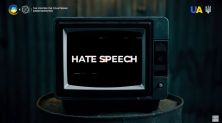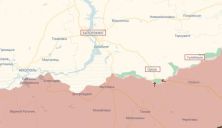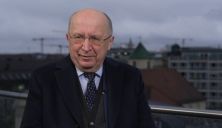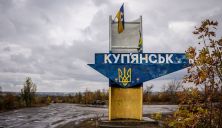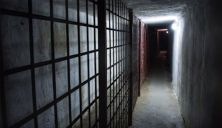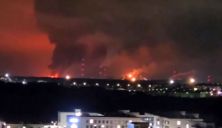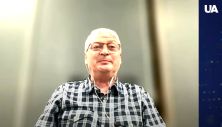The works of Ukrainian schoolchildren in grades 9-11, members of the Small Academy of Sciences, will be taken for experiments on the International Space Station.
This is reported by UA with the reference to the website of the Ministry of Education and Science of Ukraine.
The agreement was signed on Ukraine’s participation in the Mission 16 program of the International Space Station in Washington, at the Ukrainian Embassy in the United States, yesterday, on September 29.
“The whole world learns about young Ukrainian scientists for the first time. Scientific experiments of our schoolchildren will now be able to get to the International Space Station in the Earth orbit” – said the Minister of Education and Science of Ukraine Serhiy Shkarlet.
This opportunity appeared for schoolchildren in grades 9-11 thanks to the initiative of the Small Academy of Sciences with the support of the Ministry of Education and Science and the Embassy of Ukraine in the United States.
This year, for the first time, Ukraine will take part in the American program for the development of science and STEM education, organized by the US National Center for the Education of Earth and Space Sciences (NCESSE) and the Arthur C. Clarke Institute for Space Education with the support of NASA (NASA).
Works of schoolchildren will be sent and tested on the International Space Station, and the participants themselves will see the launch of a Falcon 9 rocket at Cape Canaveral.
The teachers who will work with the young researchers will receive professional training from the program’s experts in Washington.
Teams of children will receive mini-labs and will have the opportunity to propose ideas for research in microgravity in orbit around our planet.
As a result of a 2-stage competitive selection, 2 teams will be able to send their experiments to the International Space Station, where astronauts will further control them.
The launch will take place on a SpaceX Dragon spacecraft atop a Falcon 9 rocket. Winning teams will be able to observe the rocket launch at NASA’s Historic Launch Pad 39A at NASA’s Kennedy Space Center in Florida, from which all Apollo missions to the moon were launched. Then to take part in a scientific conference in Washington.

